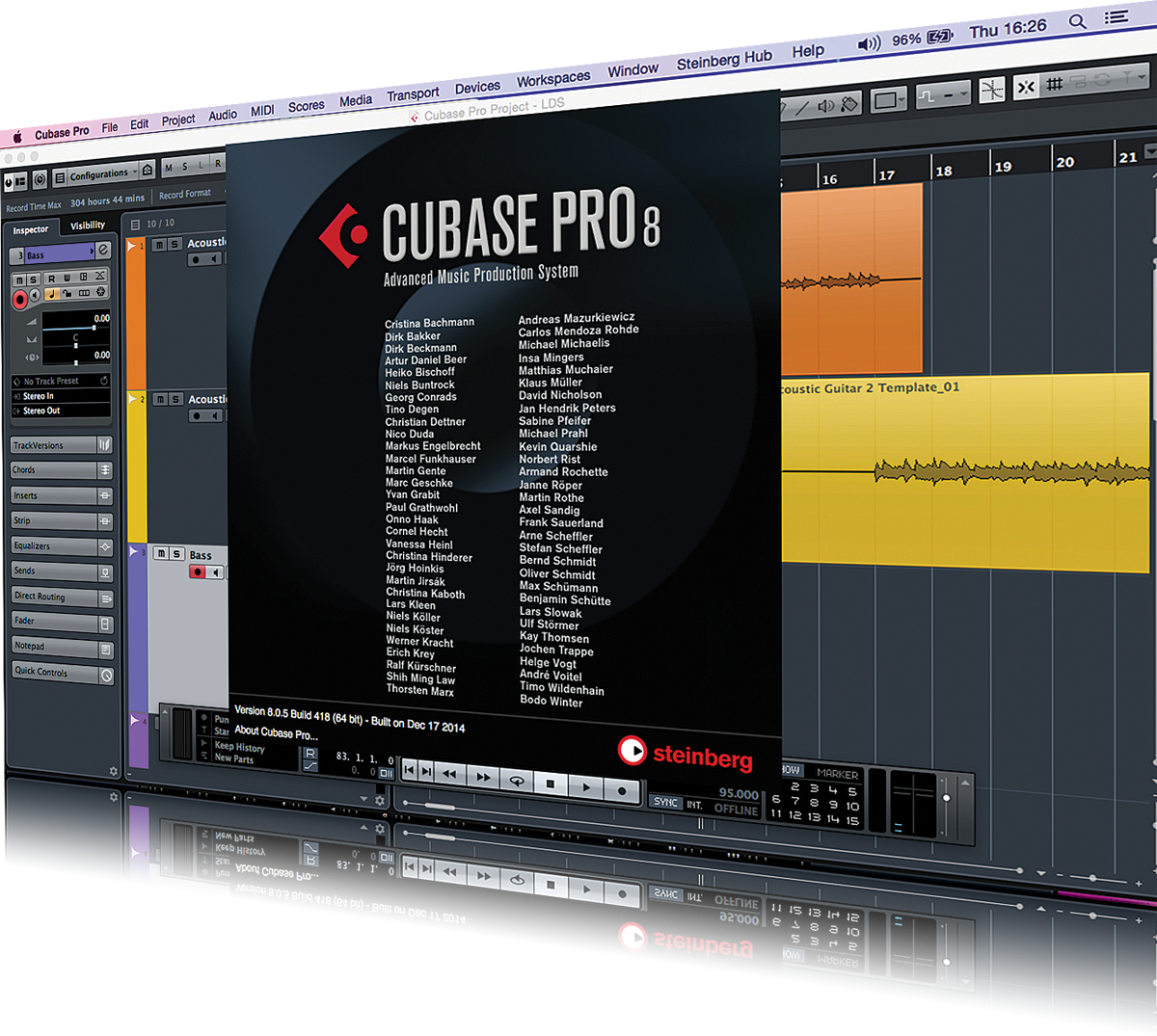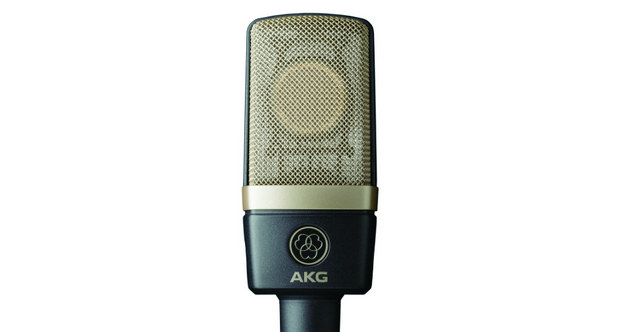Cubase Tutorial: Recording Instruments Part One – Starting to Record
In the first of a new series we’re going to turn our attention to the technical aspects of recording your instruments, with a focus on Andy Price’s DAW of choice: the brilliantly intuitive Cubase. In the opener we look at how to set your DAW up for the ultimate recording session… One of the biggest, […]

In the first of a new series we’re going to turn our attention to the technical aspects of recording your instruments, with a focus on Andy Price’s DAW of choice: the brilliantly intuitive Cubase. In the opener we look at how to set your DAW up for the ultimate recording session…

One of the biggest, and perhaps most unexpected, changes in popular music recently has been the return of the ‘authentic’ stripped-down singer/songwriter. The Ed Sheeran approach has been replicated across the western world, with more and more artists shunning complicated gear-based music-making and keeping things straightforward.
Regardless of how simple these artists might think they are, to give their compositions some clout and polish they will need to record with a DAW, so in this new series, I will explore how to marry instruments from the outside world into your DAW-based set-up.
While Ableton Live, Logic Pro and all the rest allow you to do this, I would argue that Cubase Pro 8 is the most flexible DAW on the market today, and even has the edge on the campus-favourite Logic Pro in terms of the range of options it gives you. I will, then, focus on the Steinberg stalwart but hopefully many of the principles I discuss will be transferable to your DAW of choice.

DAW of choice
Trepidation was the first thing to creep into my mind when Steinberg unveiled Cubase 8; for one thing, I’d only just found my feet with 7 (.5!) after admittedly several stubborn years of using not-exactly-the-latest version of Cubase.
However, this was to be unfounded because Cubase Pro 8 is brilliant, with flexible and simple functionality to turn your song ideas, demos and even full-blown masterpieces into a reality. Hyperbole out of the way. Cubase 8 introduced a range of new features and simplified the recording process to minimise the effort needed to capture your compositions.
In this series, I’ll explain how some of the software’s features can help to bolster your sound from being rather flat and basic to sounding full, warm and radio-friendly. Of course, I’m going to be making some assumptions about the type of artist you are; this isn’t necessarily going to rule out artists of other genres, but primarily these tutorials will be aiming to transform singer/songwriters into confident producers of their compositions.
We’re going to look at recording vocals, guitars and keyboards, then manipulating your audio, before turning our attention to mixing. Initially, however, it’s important to outline how Cubase 8 has improved the working environment for composers and music-makers.
Many traditional songwriters will approach their DAW initially as a glorified tape recorder; that is, they’ll jack in their guitar, or a microphone, and simply record some ideas, without taking too much time to think about levels, tone or anything too specific, because to record a decent ‘real’ take would take time and a lot of fine tuning, which – often when you’re dealing with a creative ‘flow’ – can disrupt the creative process.

Cubase Pro 8 cuts out a lot of this tweaking by giving you a variety of preset templates. These templates present you with all your project tracks set out and auto tweaked to have the optimal settings for guitars, pianos, vocals, bass guitars and more besides.
Steinberg has also updated the core engine of Cubase to make everything run that little bit quicker – this sounds minor, but when inspiration strikes and you want to record your latest idea, a little extra speed and efficiency counts.
I’m going to assume you have a copy of a DAW and are a composer of music some experience although readers of all levels – both studio and musically – will hopefully benefit from this new series. Overall, then, I’m going to target the keen singer/songwriter overwhelmed by the amount of choice on offer, so let’s start recording.
Focus On Microphony
So, what physically do we need to record effectively? Well, firstly of course, we need a decent microphone; there’s no getting around the fact that the more expensive the microphone, the better the final recording you’ll have to play with. If you’re using a condenser microphone for vocals and acoustic guitar, then you’ll also need a preamp to supply it with phantom power (or an audio interface that can supply it directly).

Many producers use a physical mixing console as well, before sending their recordings to their DAW. However, with the range of onboard options for equalisation that Cubase 8 provides, this isn’t really needed as much as it used to be. To reiterate: a decent mic is the one ‘big’ investment that is essential.
